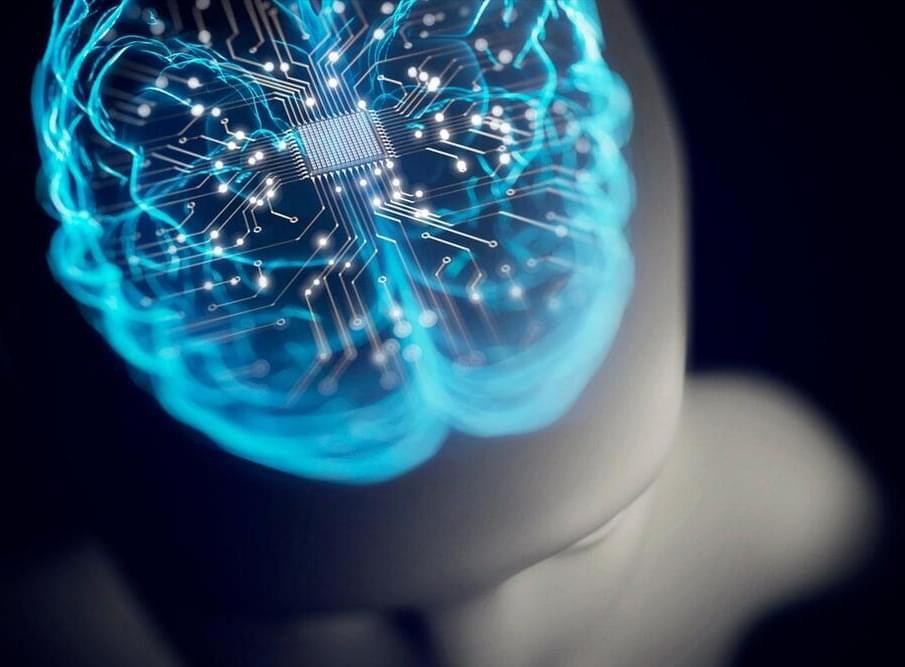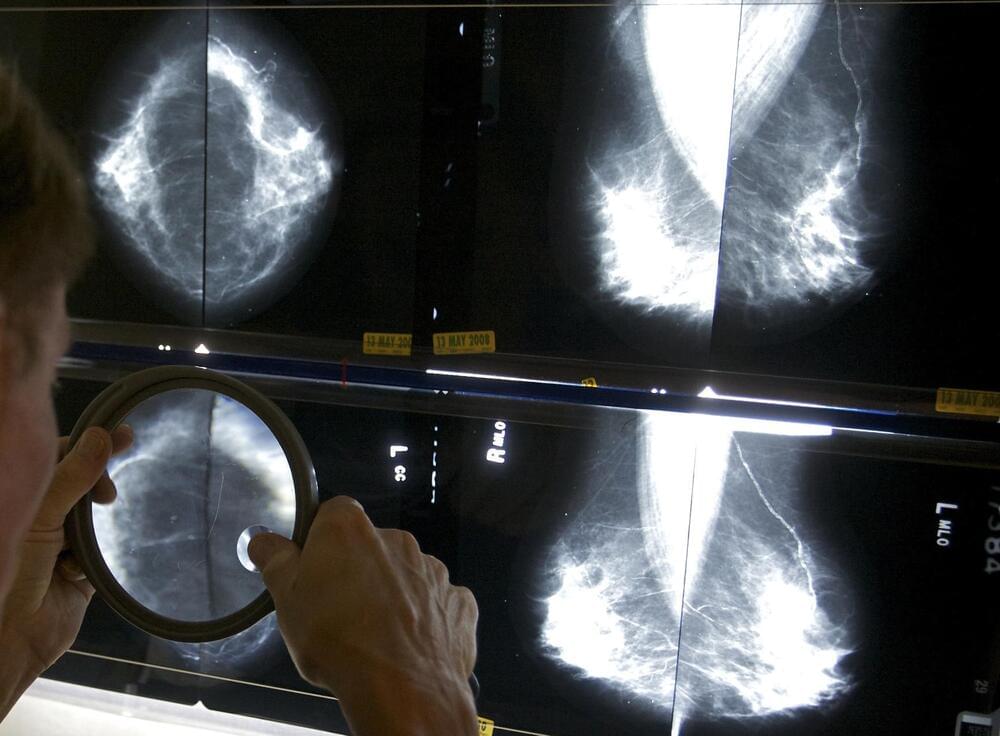TSMC tech allows for one version now and a more advanced version in 2027.



A new kind of transistor allows AI hardware to remember and process information more like the human brain does.
By Anna Mattson
Artificial intelligence and human thought both run on electricity, but that’s about where the physical similarities end. AI’s output arises from silicon and metal circuitry; human cognition arises from a mass of living tissue. And the architectures of these systems are fundamentally different, too. Conventional computers store and compute information in distinct parts of the hardware, shuttling data back and forth between memory and microprocessor. The human brain, on the other hand, entangles memory with processing, helping to make it more efficient.

Regular mammograms to screen for breast cancer should start younger, at age 40, according to an influential U.S. task force. Women ages 40 to 74 should get screened every other year, the group said.
Previously, the task force had said women could choose to start breast cancer screening as young as 40, with a stronger recommendation that they get the exams every two years from age 50 through 74.
The announcement Tuesday from the U.S. Preventive Services Task Force makes official a draft recommendation announced last year. The recommendations were published in the Journal of the American Medical Association.
Black holes, white holes, wormholes, anti-universes, and all kinds of awesome relativity weirdness:
Einstein was wrong about black holes, what else? Use code veritasium at the link below to get an exclusive 60% off an annual Incogni plan: https://incogni.com/veritasium.
A massive thank you to Prof. Geraint F. Lewis and Prof. Juan Maldacena for their expertise and help with this video.
A huge thank you to those who helped us understand this complicated topic: Dr. Suddhasattwa Brahma, Prof. Carlo Rovelli, Dr. Hal Haggard, Prof. Martin Bojowald, Dr. Francesca Vidotto, Prof. Andrew Hamilton, and Dr. Carl-Fredrik Nyberg Brodda.
A special thanks to Alessandro Roussel from ScienceClic for his spectacular simulations and feedback on the video. Check out his channel here: https://ve42.co/ScienceClic.
Is there life on…K2-18b?Professor Nikku Madhusudhan believes he has discovered alien life on an exoplanet 120 light years away from Earth. Speaking to Tom S…


ARMONK, N.Y., April 30, 2024 — Today, IBM (NYSE: IBM) has announced an agreement with RIKEN, a Japanese national research laboratory, to deploy IBM’s next-generation quantum computer architecture and best-performing quantum processor at the RIKEN Center for Computational Science in Kobe, Japan. It will be the only instance of a quantum computer co-located with the supercomputer Fugaku.
This agreement was executed as part of RIKEN’s existing project, supported by funding from the New Energy and Industrial Technology Development Organization (NEDO), an organization under Japan’s Ministry of Economy, Trade and Industry (METI)’s “Development of Integrated Utilization Technology for Quantum and Supercomputers” as part of the “Project for Research and Development of Enhanced Infrastructures for Post 5G Information and Communications Systems.” RIKEN has dedicated use of an IBM Quantum System Two architecture for the purpose of implementation of its project. Under the project RIKEN and its co-PI SoftBank Corp., with its collaborators, University of Tokyo, and Osaka University, aim to demonstrate the advantages of such hybrid computational platforms for deployment as services in the future post-5G era, based on the vision of advancing science and business in Japan.
In addition to the project, IBM will work to develop the software stack dedicated to generating and executing integrated quantum-classical workflows in a heterogeneous quantum-HPC hybrid computing environment. These new capabilities will be geared towards delivering improvements in algorithm quality and execution times.

Summary: Researchers explore the intricate mechanisms of memory and debunk common myths about its function. They argue that memory is not a static recording but a dynamic, editable process akin to a Wiki page, and emphasize that forgetting is a normal part of how our brains prioritize information.
Through practical strategies and cognitive psychology research, the book offers methods to enhance memory, from everyday tasks to complex learning processes. The authors also address real-world implications of memory understanding, such as in judicial settings where misconceptions can affect justice.


Computer simulations by astronomers support the idea that dark matter—matter that no one has yet directly detected but which many physicists think must be there to explain several aspects of the observable universe—exists, according to the researchers, who include those at the University of California, Irvine.